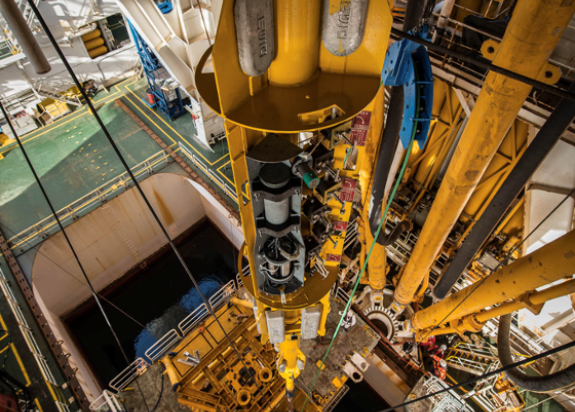Earthquakes in slow motion? Breakthrough tech detects slow slip earthquakes

Breakthrough tech used to detect a slow-slip earthquake on Japan's Nankai fault is now being used along New Zealand’s Hikurangi Subduction Zone.
The Hikurangi Subduction Zone off the east coast of New Zealand has numerous slow slip events and is capable of generating large earthquakes. By using the borehole sensor technology, we can better understand slow slip events and be better prepared and resilient as a nation.
Findings from the Nankai fault suggest that re-occurring slow slip earthquakes are harmlessly releasing pent-up energy.
It's like a ripple moving across the plate interface.
Slow slip earthquakes
Slow slip earthquakes are slow-motion seismic events that take days or weeks to unfold. They are a relatively new scientific discovery and are thought to be an important process for accumulating and releasing stress as part of the earthquake cycle. New information gleaned from the Nankai Fault appears to confirm that theory.
Researchers understand the location where activity is generated is also important, finding that the part of the fault nearest the surface releases tectonic pressure independently of the rest of the fault.

Next steps
Data results from the sensors in the Hikurangi Subduction Zone are expected to be published in a paper later this year. Armed with that knowledge, scientists can begin to probe other regions of the fault to better understand the overall hazard it poses. The knowledge is also vital for understanding other faults.

-
Borehole sensor technology
Borehole sensor technology was first used to record a slow slip earthquake as it spread along the tsunami-generating portion of the Nankai fault off the coast of Japan. Scientists describe the slow slip earthquakes behaving like a 'tectonic shock absorber' and 'a slow unzipping' of the fault line between two tectonic plates.
"This breakthrough research was made possible by borehole sensors that were placed in the critical region far offshore, where the fault lies closest to the seafloor at the ocean trench. Sensors installed in boreholes can detect even the slightest motions — as small as a few millimeters", said UTIG Director Demian Saffer, who led the study. This kind of movement on the shallow fault is all but invisible to land-based monitoring systems such as GPS networks. The researchers also used sophisticated numerical modelling to provide accurate simulation results.
-
The Nankai Fault
The Nankai slow slip earthquake, captured by the team’s sensors in 2015, travelled along the tail of the fault — the region close to the seafloor where shallow earthquakes can generate tsunamis — easing tectonic pressure at a potentially hazardous location. A second slow tremor in 2020 followed the same path.
Although the Nankai Fault is known to generate large earthquakes and tsunamis, the discovery suggests that this part of the fault does not contribute energy to these events. Instead, it acts more like a shock absorber. The results will help researchers home in on the behaviour of subduction zone faults across the Pacific Ring of Fire, the tectonic belt that spawns the planet’s largest earthquakes and tsunamis.
The last time Japan’s Nankai Fault produced a significant earthquake was in 1946. The magnitude 8 earthquake destroyed 36,000 homes and over 1,300 people lost their lives.
-
Project acknowledgements
This project is led by the University of Texas at Austin with Charles Williams from Earth Sciences New Zealand (formerly GNS Science) a collaborator on the team.